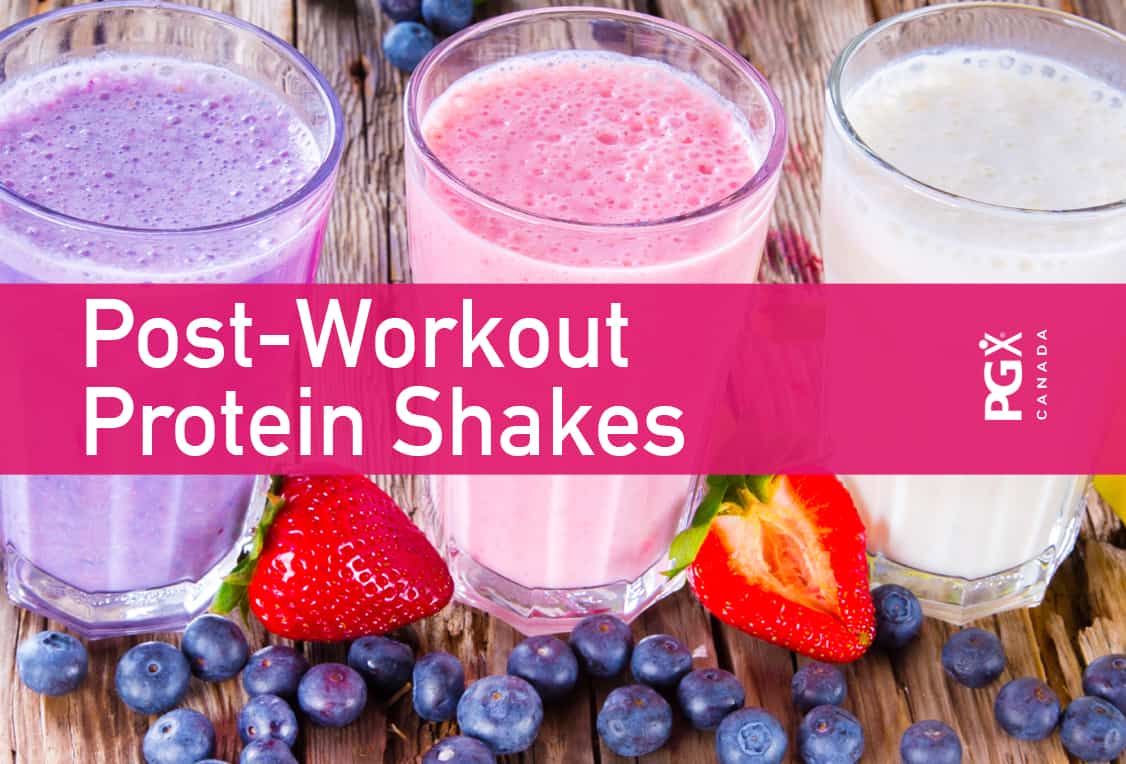
February is Heart Health Month, which means we’ll be looking at some simple changes you can make and healthy habits you can adopt to keep your ticker in good working order.
One of the best things you can do for your heart is to exercise regularly. After all, the heart is a muscle, so giving it a good workout help keep it stronger. Staying active can help you maintain optimal health, but it’s essential to talk to your health care practitioner before engaging in any new types of exercise.
Great ways to stay active include:
- Going for a 30 minute walk after dinner
- Cycling to work and back a couple of days a week (or more!)
- Taking the kids swimming, and sneaking in some full lengths while they’re on the water slide
- Getting a rebounder trampoline and jogging at home (this is also great for bone density!)
- Using a stationary bike (catch up on your audiobooks and podcasts!)
- Taking the dog for a lengthy weekend hike
- Joining a local tennis club
- Going on a treasure hunt with friends around your neighbourhood
How Much Exercise Is Enough?
Ideally, you’re aiming for around 90 minutes of exercise each week that gets your heart rate up a little and leaves you slightly breathless. You can do this in three 30 minute sessions, or a number of shorter sessions – whatever fits your schedule. The important thing is to get up and get moving as even a little extra exercise can help cardiovascular health. All is not lost if you skip the gym one day, just make up a little time by going for a short walk after dinner and getting off transit a stop earlier the next day.
Stay Safe and Start off Slow
For anyone returning to exercise after being ill or inactive for a while, it is a good idea to start off slowly and gradually increase your level of exertion. Not only does this reduce the shock to your system, it will also help you keep motivated as you’ll see an increase in fitness.
It’s unrealistic and unhelpful to expect to go from the couch to champion swimmer overnight. Setting reasonable goals can help you avoid frustration, as can partnering up with a friend so you can help motivate each other.
Shaping Up for Heart Health
Another great way to look after heart health is to maintain a healthy body weight. This looks different for all of us, but the benefit of carrying around less adipose (fat) tissue includes help for maintaining healthy inflammatory responses and optimal heart health.
Nutrition for Heart Health
Like any muscle, the heart needs a good intake of protein, essential fats, complex carbohydrates, vitamins and minerals, and other antioxidants. Making sure you eat a predominantly plant-based diet that contains plenty of phytonutrients and fibre, with little refined sugar or unhealthy fats can help keep your appetite satisfied and your nutrient intake high while keeping calories low.
To help maintain energy while exercising, try fuelling up with a PGX protein shake before you begin!
Like us on Twitter and Facebook for more heart healthy tips!
Drink additional water (8 fl. oz.) after ingesting PGX®. If you are taking medications, take one hour prior to or two hours after taking PGX®.

